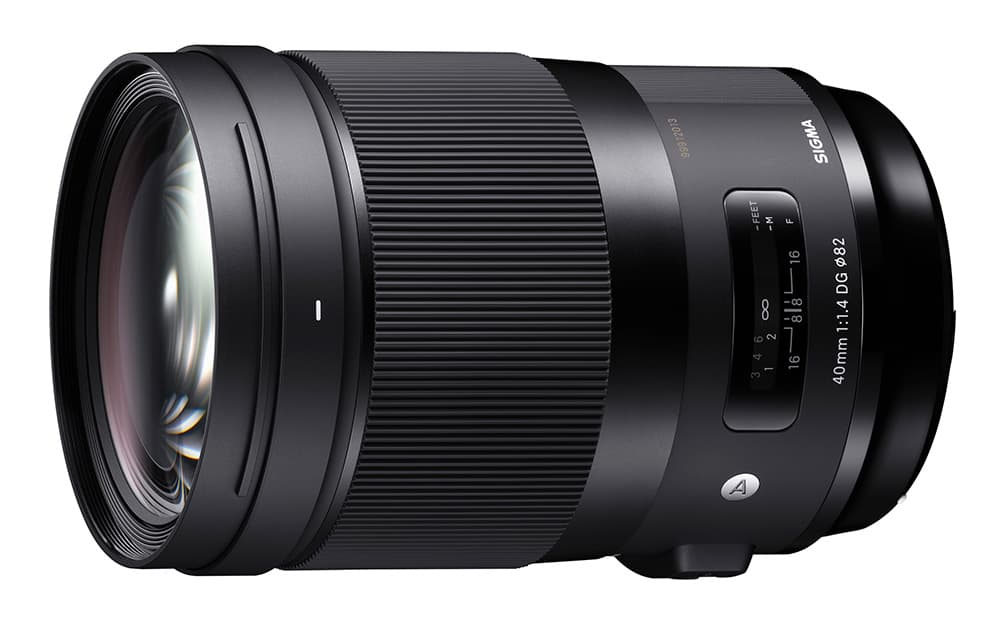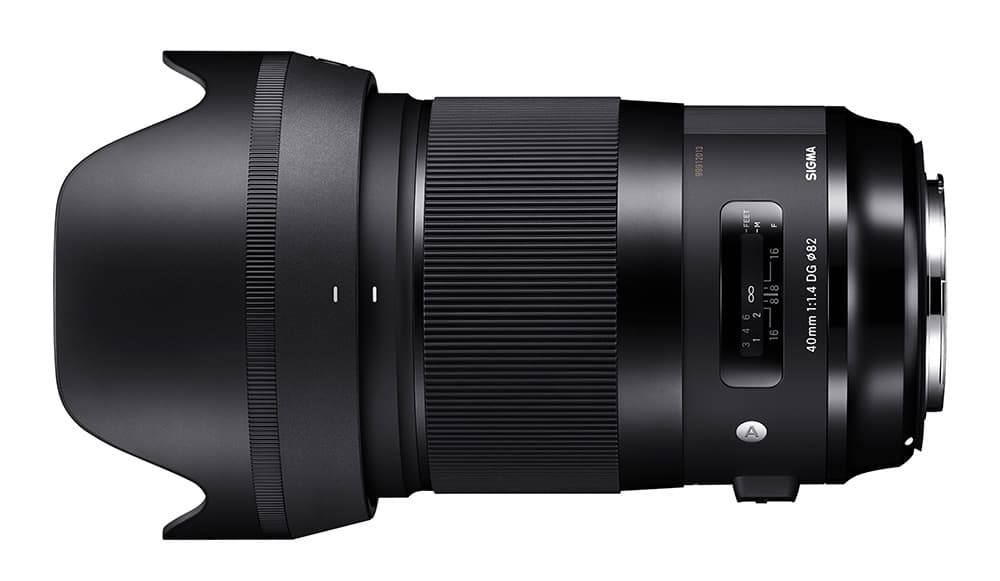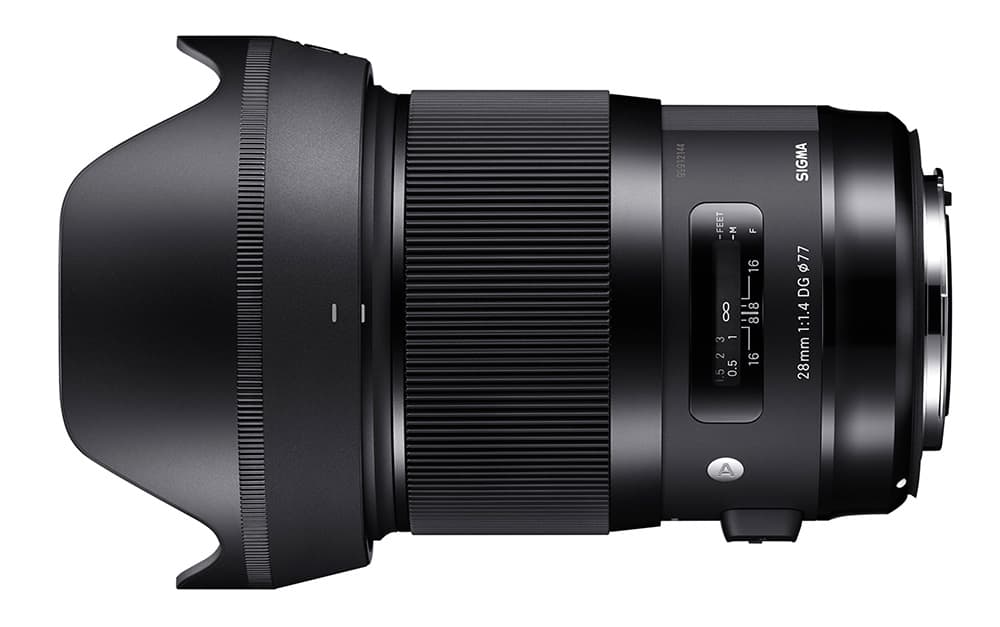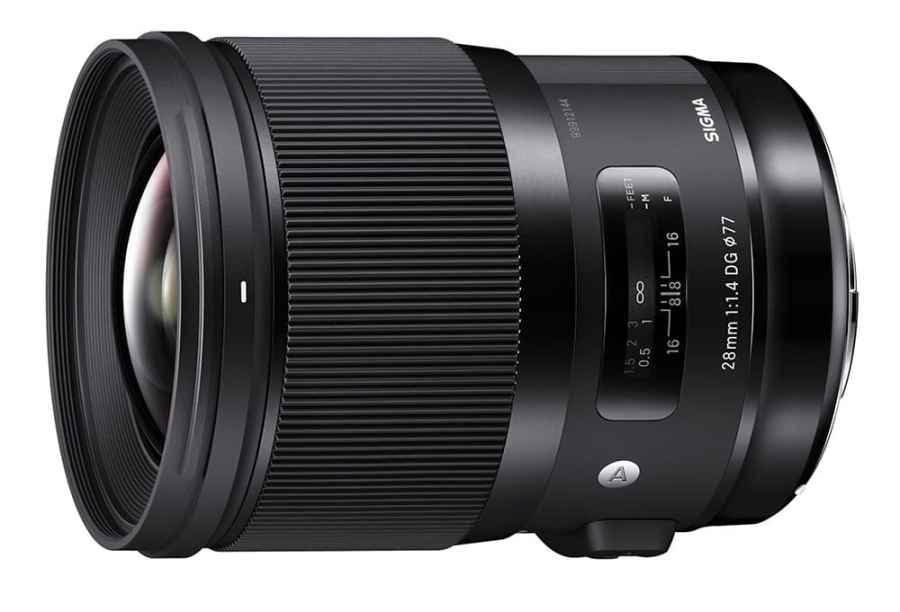The new 28mm lens incorporates two FLD (“F” Low Dispersion) glass elements and three SLD (Special Low Dispersion) glass elements, in addition to three aspherical lenses. These include a large-diameter aspherical lens to correct magnification chromatic aberration. This offers high resolution over the entire sensor, with minimal sagittal coma flare and distortion.
The lens is targeted at street photographers, as well as landscape photographers, and those who like to shoot the night sky

The 40mm lens, meanwhile is, according the Sigma, its first lens developed to live up to the sought-after angle of view and performance standard for a cine lens. Offering 8K-compatible resolution it arranges three FLD (“F” Low Dispersion) glass elements and three SLD (Special Low Dispersion) glass elements to correct axial chromatic aberration and magnification chromatic aberration.
Sigma claims a distortion level of 1% or below and a sagittal coma flare corrected to the limit.
Both lenses feature a HSM (HyperSonic Motor) with an updated algorithm, to deliver high-speed autofocusing, as well a 9 bladed diaphragm for smooth bokeh. A water-and-oil-repellent coating on the front lens element, together with a dust- and splash-proof structure, ensures excellent performance even in the most challenging shooting conditions.
Both lenses will be available in the Sigma, Canon EF, Nikon F and Sony E mounts, from November. The prices are yet to be confirmed.
For more information visit https://www.sigma-global.com/en/lenses/

The 40mm f/1.4

The 28mm f/1.4







